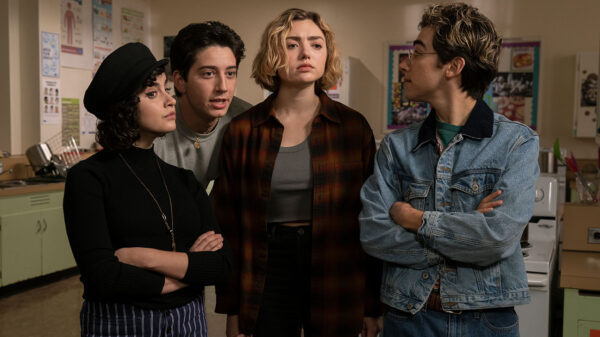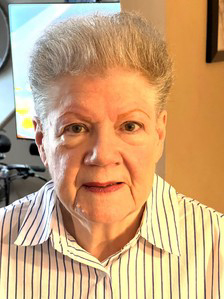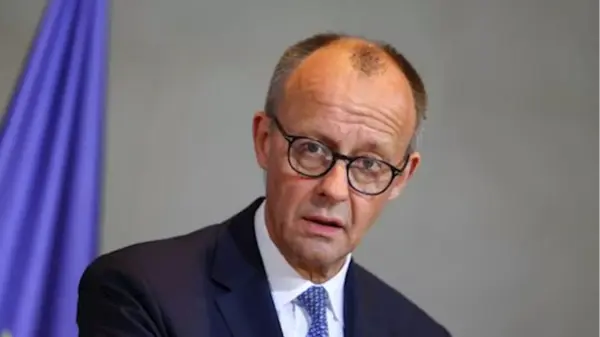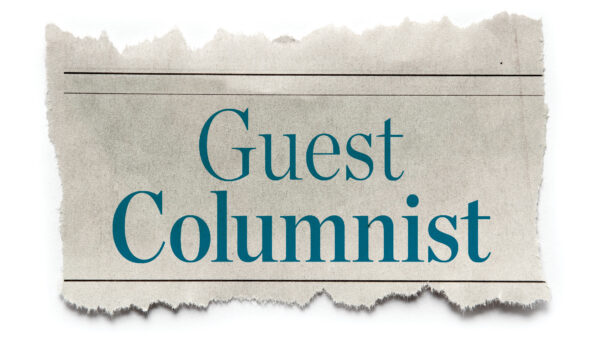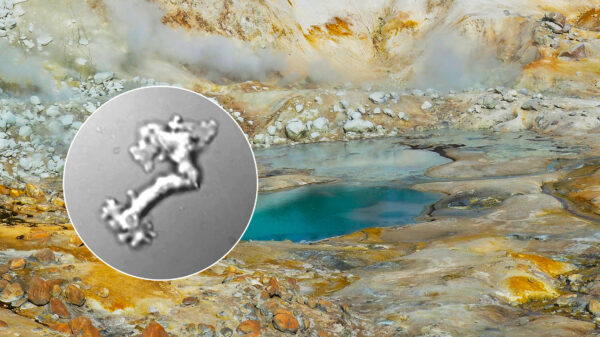The Muscarelle Museum of Art at the College of William & Mary is undergoing a significant transformation under the leadership of David Brashear. Appointed as director in 2019, Brashear is steering the museum through a crucial renovation and expansion project aimed at enhancing its facilities and broadening its impact on the community.
David Brashear holds an impressive academic background, including a summa cum laude degree in economics from the Wharton School at the University of Pennsylvania and an MBA from Harvard University. His recent studies at Columbia University focused on architectural history, complementing his extensive involvement with the Muscarelle Museum, where he has been a board member since 1999. Brashear’s tenure as chair of the museum’s capital campaign and his prior leadership roles in various cultural institutions have positioned him uniquely to guide this ambitious project.
The museum’s expansion discussions began as early as 2003. Brashear recalls, “The museum expansion project was central to our recruiting efforts that led to the selection of Aaron DeGroft as our new director.” Together with the architectural firm Pell Clarke and Partners, they envisioned a new facility that would replace the existing structure. However, financial hurdles led to a strategic pivot, as noted by Katherine Rowe, president of William & Mary, who suggested focusing on renovating the current building instead.
Brashear expressed confidence despite the challenges, stating, “We had come very far — I knew we could do it.” With a renewed focus on the renovation, he emphasized the need for a space that accommodates the museum’s growing requirements, including additional gallery space, storage for the collection, educational and gathering areas, as well as office space for staff and volunteers.
The renovation aims to create a striking building that not only reflects the beauty of William & Mary’s campus but also serves as a landmark for the community. The Muscarelle Museum boasts a rich history, having received its first art gift in 1732. Today, it holds over 8,000 objects in its permanent collection, making it one of the oldest campus-based art collections in the United States.
The museum plays a pivotal role in the university’s academic framework, fostering interdisciplinary collaborations and providing students with opportunities for internships, research, and study. As Brashear succinctly puts it, the Muscarelle Museum has always strived to be both an academic resource and a vital hub for visual arts in the region between Richmond and Norfolk.
With the expansion underway, the Muscarelle Museum is poised to enhance its offerings significantly, ensuring it meets the diverse needs of its community while continuing to honor its historic legacy. This ambitious project reflects not only an investment in the museum itself but also in the cultural and educational fabric of the area.









